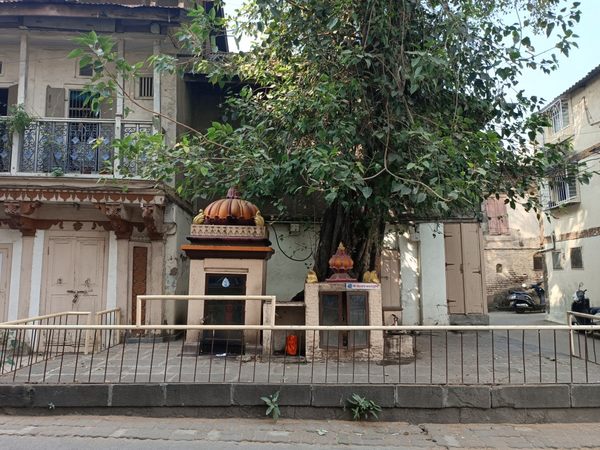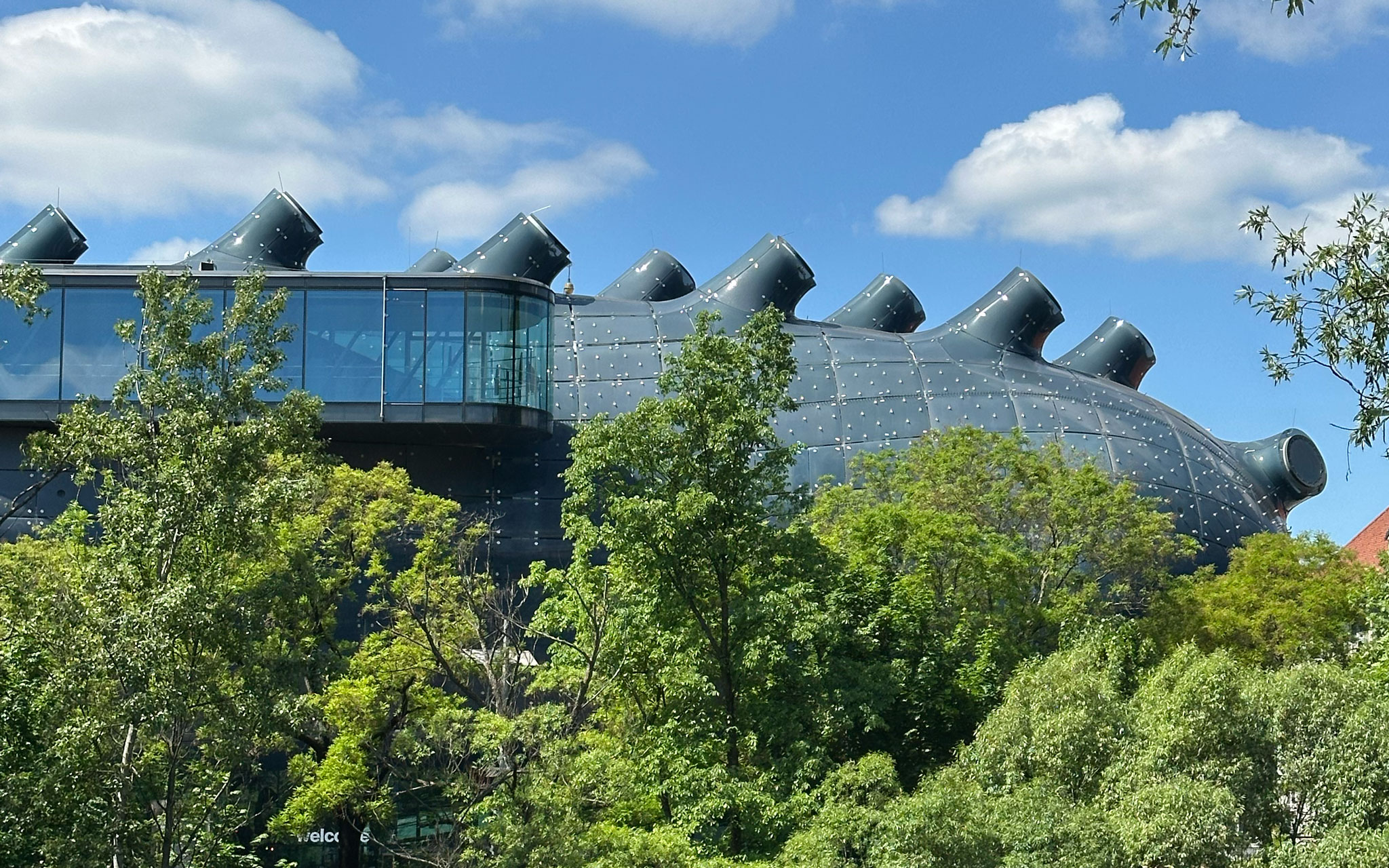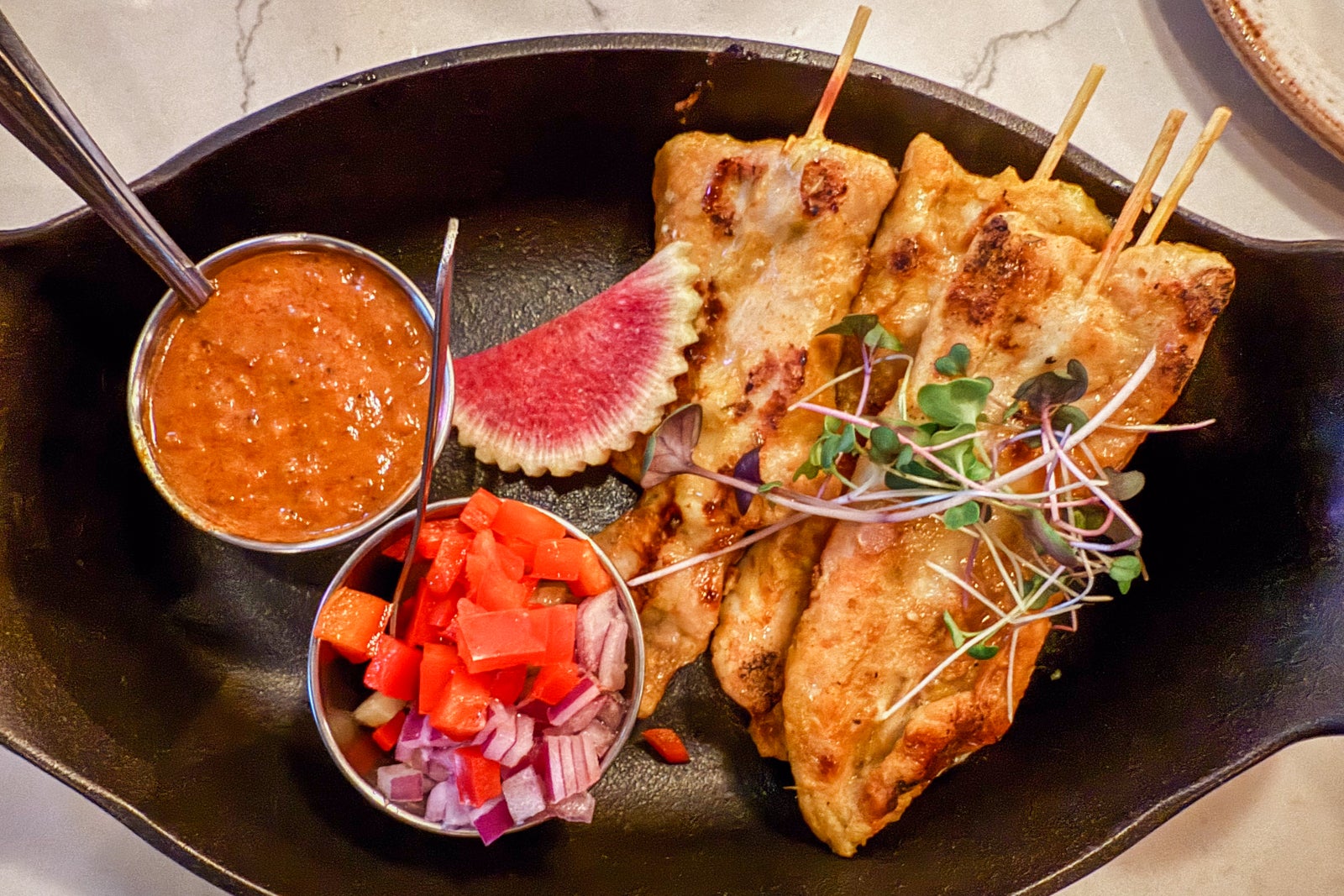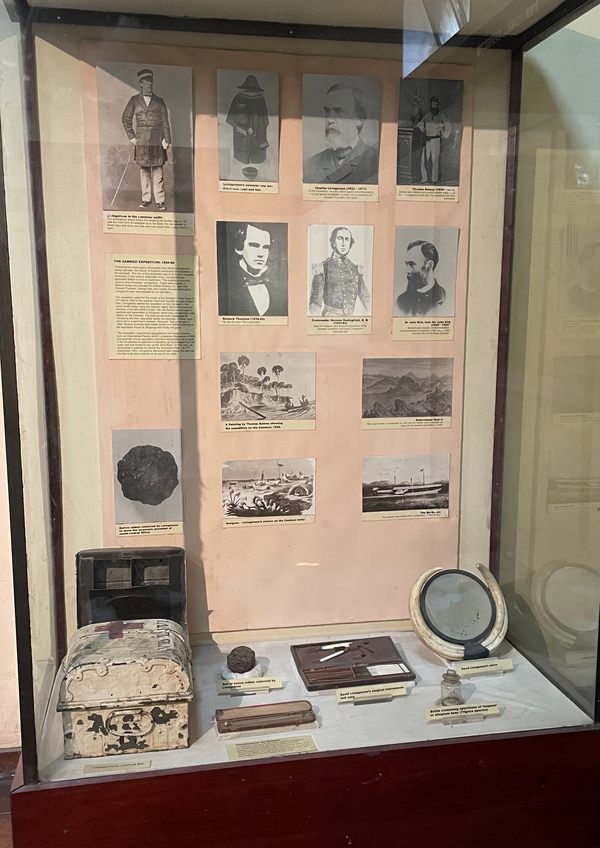Sanctuary of Nossa Senhora da Conceição da Muxima in Muxima, Angola
Look at this church alone and one would be forgiven for thinking it is in Portugal. Zoom out, however, and it becomes apparent that this is Africa. More specifically, it is Angola, a former Portuguese colony and one of Africa’s most Catholic countries. As such, this Marian shrine holds special importance to many in this country, and it is considered the most important one in Sub-Saharan Africa. Like many colonial settlements, Muxima (meaning "heart" in Kimbundu) has an unfortunately dark past. A church was first founded here in 1599 along the Cuanza River, Angola's largest and a major slave trafficking route. As such, this is where the Portuguese baptized many slaves as Christians before taking them to the Americas. The current structure here was built in the 17th century after being razed by occupying Dutch forces. Over time, the church also became important for the Christianized locals. Numerous miracles were attributed to Nossa Senhora da Conceição da Muxima (Our Lady of the Conception of Muxima), an icon housed here. Her worship became as much a product of local traditions as it was of imported Portuguese ones. By 1833, an annual pilgrimage was being held here. It continues to this day, with over a million people now descending on the town every August 31 and September 1.


Look at this church alone and one would be forgiven for thinking it is in Portugal. Zoom out, however, and it becomes apparent that this is Africa. More specifically, it is Angola, a former Portuguese colony and one of Africa’s most Catholic countries. As such, this Marian shrine holds special importance to many in this country, and it is considered the most important one in Sub-Saharan Africa.
Like many colonial settlements, Muxima (meaning "heart" in Kimbundu) has an unfortunately dark past. A church was first founded here in 1599 along the Cuanza River, Angola's largest and a major slave trafficking route. As such, this is where the Portuguese baptized many slaves as Christians before taking them to the Americas. The current structure here was built in the 17th century after being razed by occupying Dutch forces.
Over time, the church also became important for the Christianized locals. Numerous miracles were attributed to Nossa Senhora da Conceição da Muxima (Our Lady of the Conception of Muxima), an icon housed here. Her worship became as much a product of local traditions as it was of imported Portuguese ones. By 1833, an annual pilgrimage was being held here. It continues to this day, with over a million people now descending on the town every August 31 and September 1.


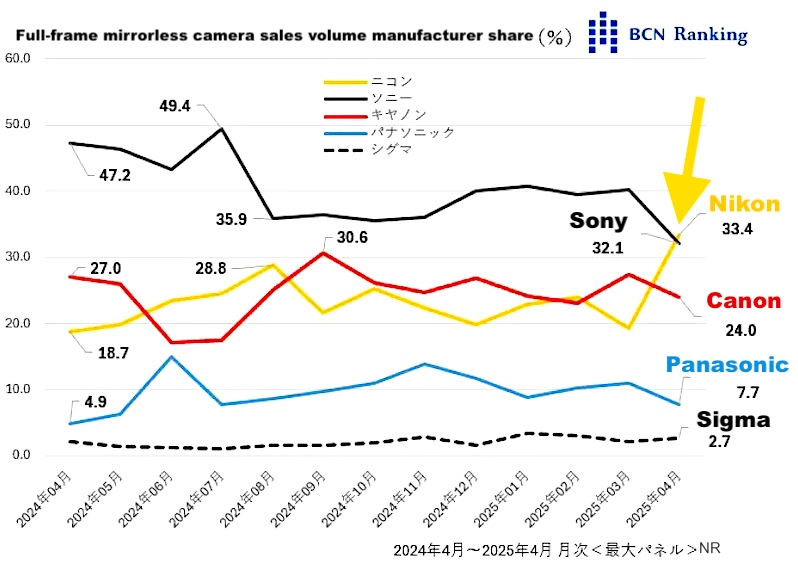



























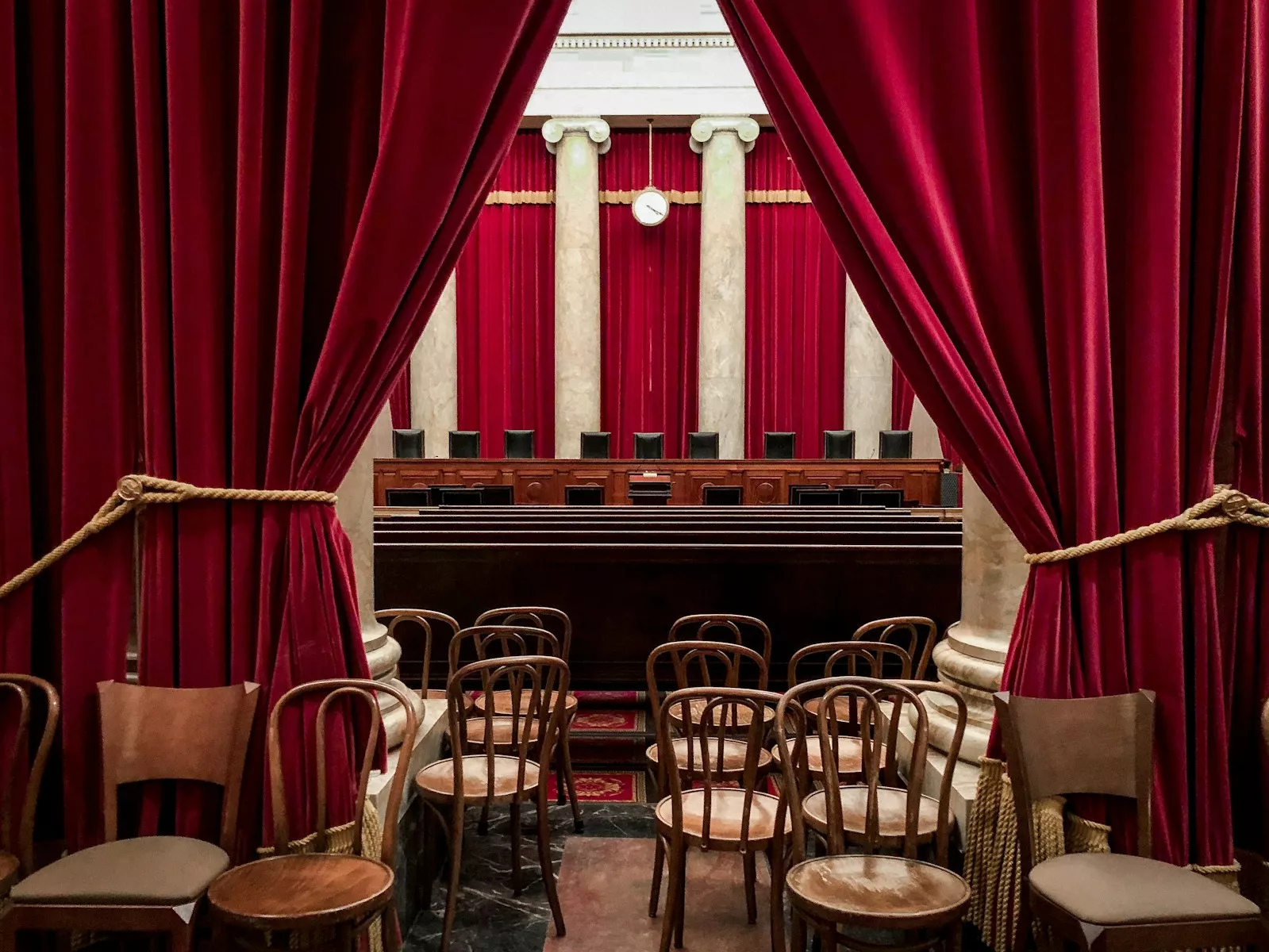

























![Anime Rangers X: Ultimate Best Units Tier List [UPDATE 1]](https://www.destructoid.com/wp-content/uploads/2025/04/ultimate-anime-rangers-units-tier-list.webp?quality=75)




































































































































































